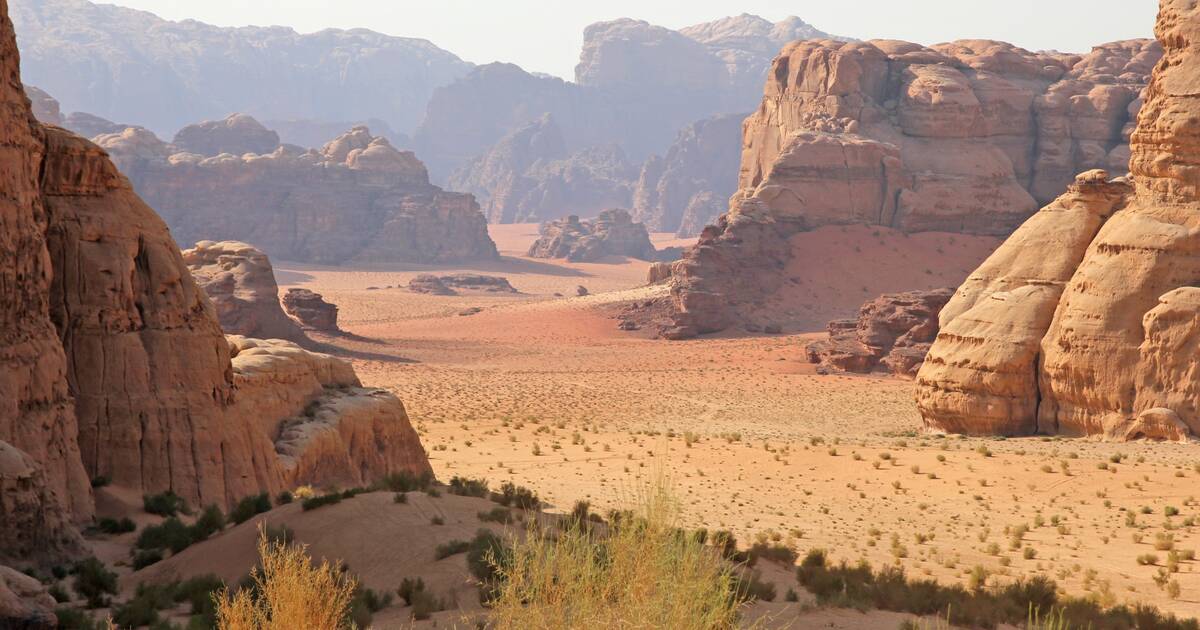
Wadi Rum
“The Valley of the Moon”, depicted as Mars in several Hollywood feature films Wadi Rum is an Arabian fairy-tale waiting to be discovered. Home to nomadic Bedouin tribes, Wadi Rum is a a quiet getaway of stars, sand, and sun; a perfect complement from Amman’s epicenter. Once inhabited by the Nabataeans of prehistoric times, Wadi Rum allows you to get lost in large landscapes and horizon lines. The calmness of the desert is sure calm your spirit and de-clutter your thoughts. Wadi Rum is waiting for you.
The formations of Wadi Rum are a spin-off from the series of cataclysms that created the Great Rift Valley, of which the Jordan rift is the deepest part. The layers of rock thrown up here were rearranged in the criss-crossing fault lines that we see today. Most run NNE-SSW but they are traversed by counter-faults in every other direction.
The valley floors lie c. 900-I,000m above sea level, and the sandstone crags rise a further 500-750m. Jabal Ram (I,754m), the highest peak in the region. is the second highest in Jordan; but Jabal Umm Jshreen, facing it across the wadi, is only one metre lower. Mostly hidden beneath the surface lies a base of pre-Cambrian granite at least 2,000 million years old. Above it are sandstones of varying ages and colours – first red Cambrian (600 million years old), with grey Ordovician above it, then pale beige Silurian – each about 100 million years younger than the one below. Rain and wind have sculpted the sandstones into forms that resemble domes, organ-pipes or dripping candle wax, and have created rock arches over canyons.
All the strata tilt down eastwards and in western areas the granite base is visible above the wadi floor. Particularly on the east face of Jabal Ram, springs occur at the interface between granite and sandstone, caused by winter rain penetrating the porous sandstone, stopping on the impermeable granite and trickling east to form pools with lush foliage.
